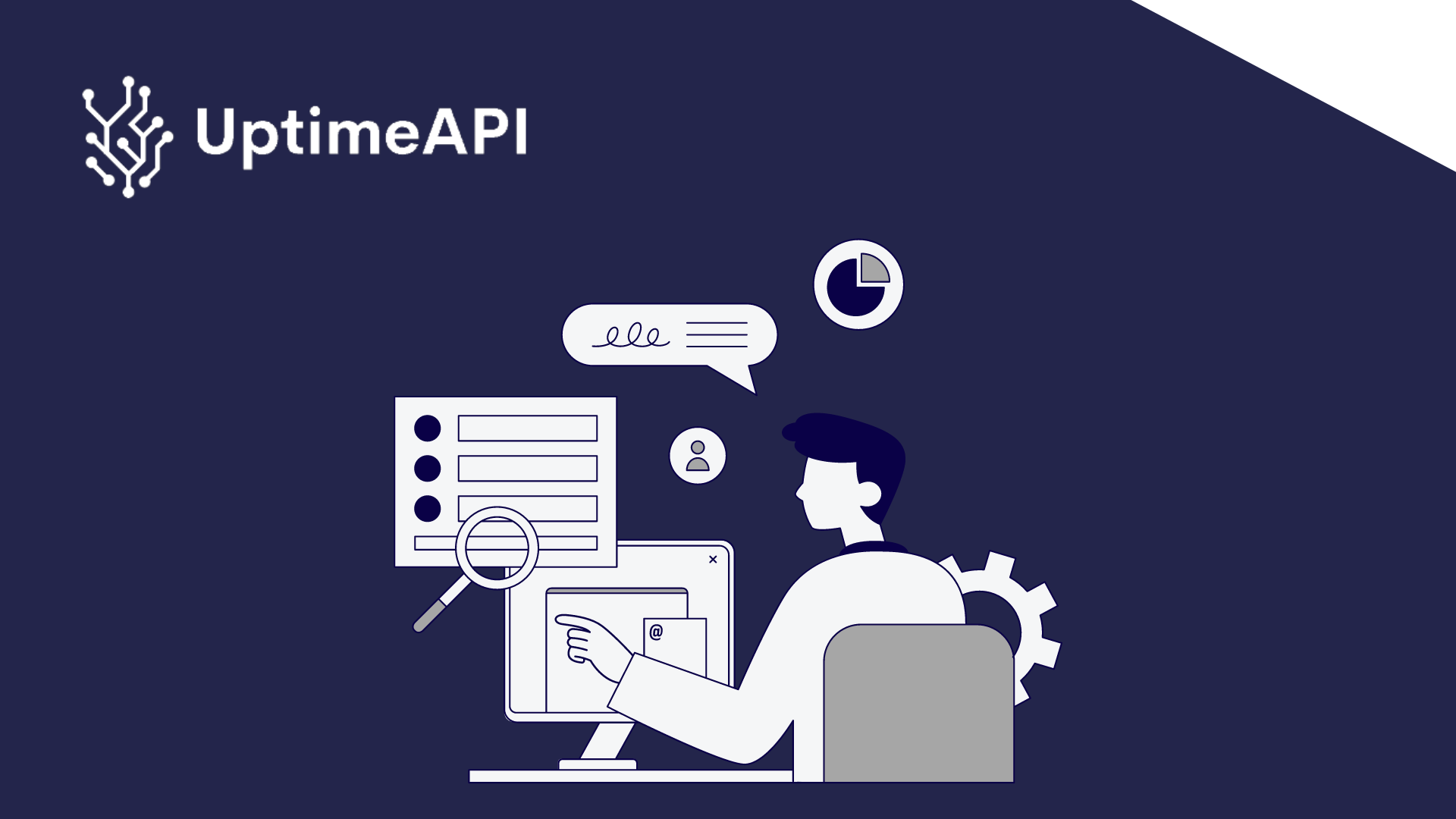REST API Monitoring Tool: Reasons To Use It

APIs are the backbone of modern software development, enabling applications to communicate and share data seamlessly. With the increasing reliance on APIs, ensuring their performance, reliability, and security has become crucial. This is where a REST API monitoring tool comes into play. In this post, we will explore the top reasons to use a REST API monitoring tool and how it can benefit your development projects.
Uptime API : Top Reasons To Use It
A REST API monitoring tool provides real-time insights into the health and performance of your APIs. Here are the top reasons to consider integrating one into your development workflow:
- Enhanced Performance: By continuously monitoring your APIs, you can identify and address performance bottlenecks before they impact your users.
- Improved Reliability: Regular monitoring helps ensure that your APIs are always available and functioning as expected, reducing downtime and enhancing user experience.
- Proactive Issue Detection: Monitoring tools can detect issues in real-time, allowing you to resolve them quickly and prevent potential disruptions.
- Detailed Analytics: Gain access to comprehensive analytics that provide insights into API usage, response times, and error rates, helping you make data-driven decisions.
- Security Monitoring: Identify and mitigate security vulnerabilities in your APIs to protect your data and maintain compliance with industry standards.
- User Satisfaction: By maintaining high API performance and reliability, you can ensure a positive user experience, which is critical for user retention and satisfaction.

Why Use a REST API Monitoring Tool? Find Out Now
Understanding the importance of Uptime API is the first step toward improving your API management. Here’s why you should start using a REST API monitoring tool today:
- Real-Time Monitoring: Keep an eye on your APIs around the clock with real-time monitoring, ensuring you’re always aware of their status.
- Instant Alerts: Receive immediate notifications when an issue arises, allowing you to take swift action to resolve it.
- Performance Metrics: Track key performance metrics such as response times, error rates, and usage patterns to optimize your APIs.
- User Insights: Understand how users interact with your APIs and identify areas for improvement.
- Scalability: Ensure your APIs can handle increased traffic and usage without compromising performance.
REST API Monitoring Tool: Key Reasons To Use It
Key reasons to use a REST API monitoring tool include:
- Automated Monitoring: Automate the monitoring process to save time and resources, allowing your team to focus on development.
- Comprehensive Reports: Generate detailed reports that provide insights into API performance and health, aiding in strategic planning.
- Error Tracking: Identify and track errors in your APIs to understand their root causes and prevent future occurrences.
- Service Level Agreements (SLAs): Ensure your APIs meet SLAs by monitoring uptime and performance metrics.
- Competitive Advantage: Stay ahead of the competition by delivering reliable and high-performing APIs.
Discover Why You Need Uptime API
Still not convinced? Here are more reasons to integrate a REST API monitoring tool into your development process:
- Cost Savings: By detecting and resolving issues early, you can avoid costly downtime and improve operational efficiency.
- Customer Trust: Demonstrate your commitment to providing a reliable service, building trust with your customers.
- Improved Collaboration: Share insights and reports with your team to enhance collaboration and streamline the development process.
- Continuous Improvement: Use the data gathered from monitoring to continuously improve your APIs and stay ahead of technological advancements.
- Compliance: Ensure your APIs comply with industry regulations and standards, protecting your organization from legal issues.
Uptime API: Must-Know Reasons To Use It
Here are must-know reasons to use a REST API monitoring tool:
- Visibility: Gain complete visibility into your API ecosystem, understanding every aspect of their performance and health.
- Efficiency: Improve operational efficiency by automating monitoring tasks and focusing on strategic initiatives.
- Reliability: Enhance the reliability of your APIs by proactively addressing issues and optimizing performance.
- Security: Protect your APIs from security threats by monitoring for vulnerabilities and implementing necessary safeguards.
- Scalability: Ensure your APIs can scale to meet growing demands without compromising performance.
Uptime API: Reasons To Use a Monitoring Tool
Boost your API performance with these compelling reasons to use a monitoring tool:
- Enhanced User Experience: Deliver a seamless user experience by maintaining high API performance and reliability.
- Operational Excellence: Achieve operational excellence by leveraging insights from monitoring to make informed decisions.
- Competitive Edge: Gain a competitive edge by providing superior API performance and reliability.
- Future-Proofing: Future-proof your APIs by staying ahead of performance issues and technological advancements.
- Business Growth: Support business growth by ensuring your APIs can handle increased traffic and usage.
Uptime API: Essential Reasons To Use It
In conclusion, using a REST API monitoring tool is essential for any development team aiming to deliver high-quality APIs. From improving performance and reliability to enhancing security and scalability, the benefits are numerous. Integrating a monitoring tool like the Uptime API into your workflow will not only boost your API performance but also provide valuable insights that drive continuous improvement and business growth. Don’t wait—start monitoring your APIs today and reap the rewards of enhanced performance and reliability.